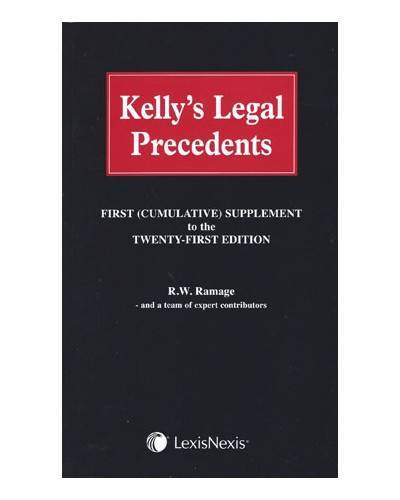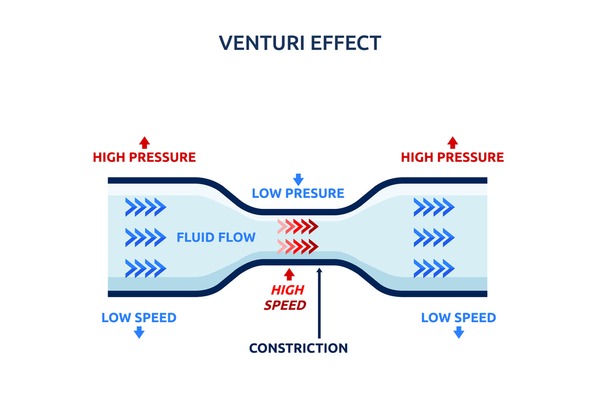Precedents

In the realm of legal jurisprudence, precedents hold immense significance as they serve as guiding principles for future legal decisions. This article delves into the concept of precedents, exploring their origins, applications, and the profound impact they have on shaping the legal landscape.
The Foundation of Legal Precedents

Legal precedents, often referred to as case law or stare decisis, are a cornerstone of common law systems, which are prevalent in many countries worldwide. The term “stare decisis” originates from Latin, meaning “to stand by things decided,” reflecting the principle that courts should adhere to past decisions when resolving similar cases.
The concept of precedents emerged from the idea that justice should be administered consistently and predictably. By establishing a body of case law, legal systems aim to provide clarity and stability, ensuring that similar cases are treated in a similar manner.
The foundation of legal precedents can be traced back to the 12th century, during the reign of Henry II of England. The development of a centralized court system and the establishment of the Court of Common Pleas laid the groundwork for the concept of precedents. Over time, this practice evolved and solidified, becoming an integral part of legal systems across the globe.
How Precedents Work

When a court makes a decision in a particular case, it establishes a precedent. This precedent sets a legal principle or rule that guides future cases with similar facts or legal issues. The court’s reasoning, known as the ratio decidendi, becomes the basis for subsequent decisions.
For instance, imagine a landmark case where a court rules that a specific type of contract is unenforceable due to a particular clause. This decision sets a precedent, indicating that contracts with similar clauses are likely to be treated the same way in future cases.
Binding and Persuasive Precedents
Precedents can be classified into two main categories: binding precedents and persuasive precedents.
- Binding Precedents: These are precedents set by a higher court within the same jurisdiction. Lower courts are obligated to follow the rulings of the higher court in similar cases. For example, a decision by the Supreme Court in a country is binding on all lower courts within that jurisdiction.
- Persuasive Precedents: While not binding, persuasive precedents are still influential. They are decisions made by courts outside the jurisdiction or by courts of equal standing. While lower courts are not obligated to follow persuasive precedents, they often consider them when making their own decisions.
The weight given to persuasive precedents depends on various factors, including the reputation and expertise of the court that set the precedent, the strength of the reasoning, and the similarity of the facts in the current case.
Overruling and Departing from Precedents
While precedents provide stability, they are not infallible. In certain circumstances, courts may choose to overrule or depart from established precedents.
Overruling occurs when a higher court explicitly reverses or invalidates a previous decision made by a lower court or a court of equal standing. This can happen when the higher court believes that the earlier decision was incorrect or no longer aligns with current societal values or legal principles.
Departing from precedents, on the other hand, is a more subtle process. Courts may choose to distinguish the current case from the precedent, arguing that the facts or legal issues are sufficiently different. This allows the court to reach a different conclusion while still respecting the precedent's existence.
The Impact of Precedents on the Legal System
Precedents play a crucial role in maintaining consistency and predictability within the legal system. They provide a framework for lawyers and judges to navigate complex legal issues, ensuring that similar cases are treated similarly.
For individuals and businesses, precedents offer a degree of certainty. By understanding the established legal principles, they can make informed decisions and anticipate potential legal outcomes. This predictability is especially valuable in areas such as contract law, property law, and criminal law, where precedents guide the interpretation of statutes and regulations.
Evolution of Precedents
The beauty of precedents lies in their ability to evolve and adapt to changing societal needs and values. Over time, courts may reinterpret or refine precedents to reflect modern realities. This evolution ensures that the legal system remains relevant and responsive to the dynamic nature of society.
For example, consider the evolving interpretation of the right to privacy in various jurisdictions. While the concept of privacy has deep roots in legal history, its application and scope have expanded significantly over the years, especially with the advent of digital technologies and the rise of data privacy concerns.
Challenges and Criticisms
Despite their undeniable importance, precedents are not without their critics. One common criticism is the potential for precedents to stifle innovation and adaptation in the legal system. Critics argue that strict adherence to precedents may hinder the development of new legal principles that better reflect contemporary realities.
Additionally, the complexity of legal systems and the sheer volume of precedents can make it challenging for lawyers and judges to keep up with the latest developments. This can lead to inconsistencies in the application of precedents, particularly in cases where multiple precedents may apply.
Balancing Consistency and Flexibility
The legal profession continuously grapples with the challenge of balancing the need for consistency, as provided by precedents, with the requirement for flexibility and adaptability to changing circumstances. Finding the right equilibrium is crucial to ensure that the legal system remains fair, accessible, and responsive to the needs of society.
One approach to striking this balance is through the doctrine of proportionality, which suggests that the severity of the punishment or legal consequence should be proportionate to the nature and severity of the offense or legal issue. This principle allows for a more nuanced application of precedents, taking into account the specific circumstances of each case.
Conclusion

Legal precedents are an essential component of common law systems, providing a framework for consistent and predictable legal decision-making. They shape the legal landscape, offering guidance and clarity to lawyers, judges, and the public alike. While precedents have their critics, their role in maintaining stability and fairness within the legal system cannot be overstated.
As the legal profession continues to evolve, the interplay between precedents and the need for adaptability will remain a central focus. By understanding the origins, applications, and challenges associated with precedents, we can better appreciate their impact on the legal system and society as a whole.
How do precedents differ from statutes and regulations?
+Precedents, statutes, and regulations are all sources of law, but they differ in their origin and application. Statutes are laws enacted by legislative bodies, such as Congress or Parliament, and they apply universally within a jurisdiction. Regulations, on the other hand, are rules and guidelines issued by administrative agencies to implement and enforce statutes. Precedents, as discussed in this article, are legal principles derived from court decisions, which guide future cases with similar facts or legal issues.
Can a single precedent have a significant impact on society?
+Absolutely. Landmark precedents, especially those set by higher courts, can have far-reaching consequences. For instance, the landmark decision in Brown v. Board of Education (1954), which ruled that racial segregation in public schools was unconstitutional, had a profound impact on civil rights and education in the United States. This precedent paved the way for significant social and legal changes.
How do lawyers and judges research and apply precedents?
+Lawyers and judges engage in extensive legal research to identify relevant precedents. They utilize legal databases, case law reports, and treatises to find applicable precedents. Once identified, lawyers present their arguments, citing relevant precedents to support their position. Judges then analyze these arguments and apply the appropriate precedents to reach a decision.



